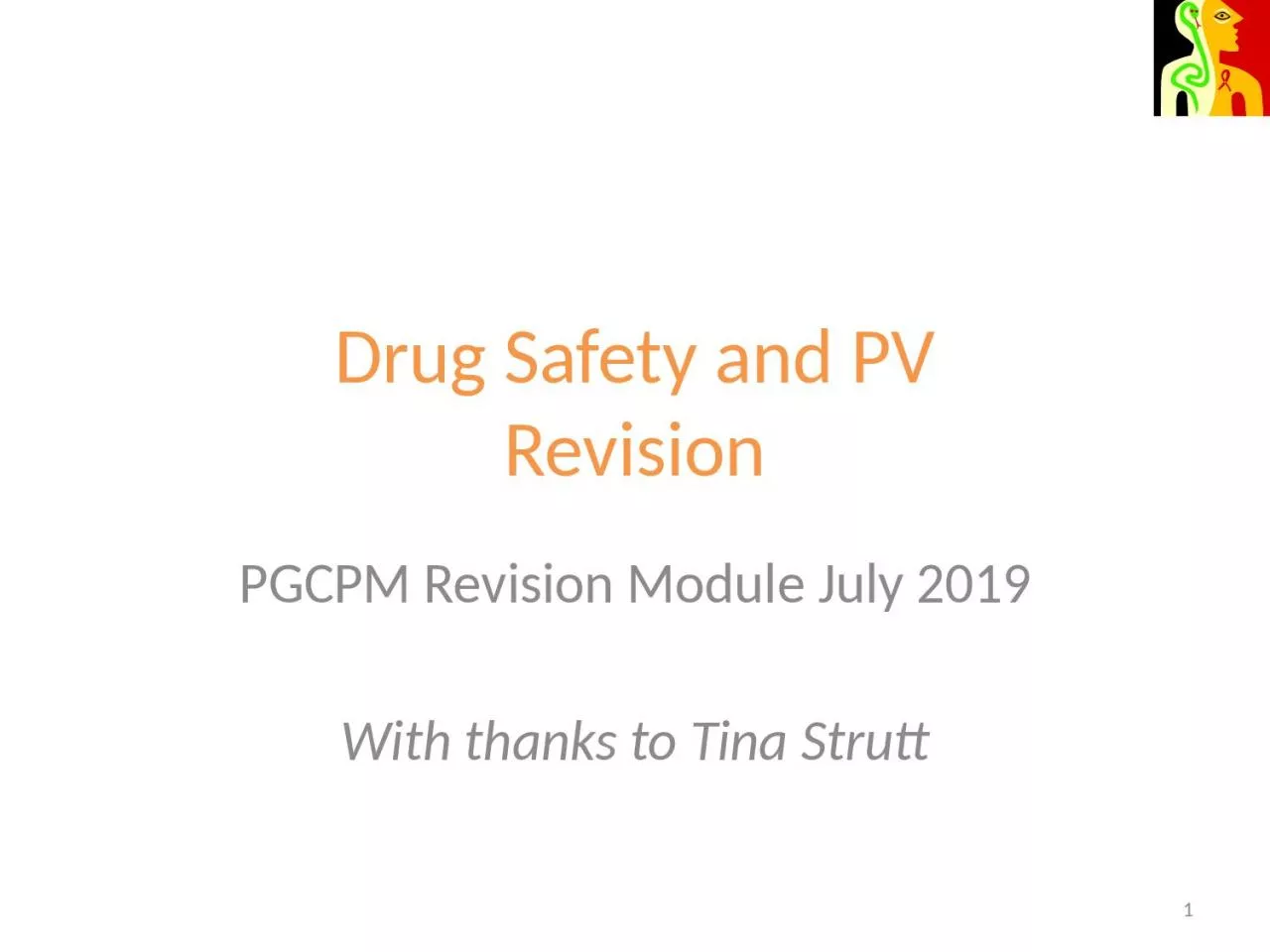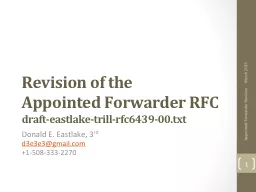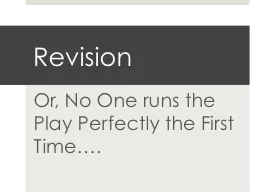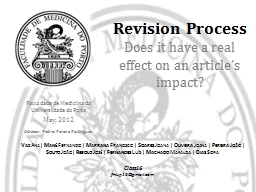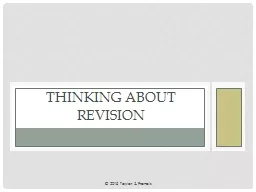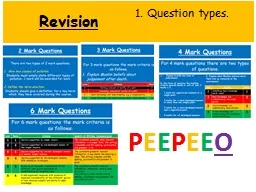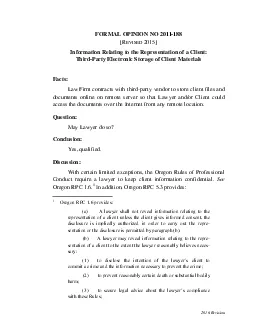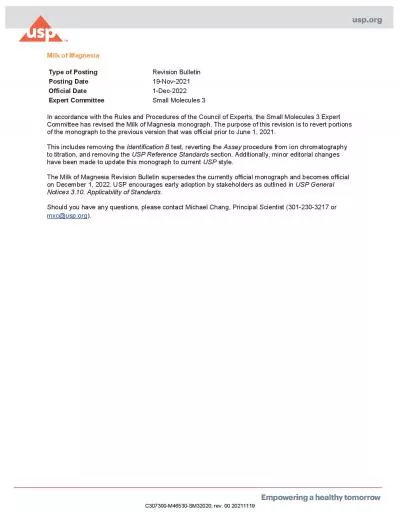PPT-Drug Safety and PV Revision
Author : BlueEyedBeauty | Published Date : 2022-08-04
PGCPM Revision Module July 2019 With thanks to Tina Strutt 1 Syllabus Drug Safety PV and Pharmacoepidemiology The role of the pharmaceutical professional in drug
Presentation Embed Code
Download Presentation
Download Presentation The PPT/PDF document "Drug Safety and PV Revision" is the property of its rightful owner. Permission is granted to download and print the materials on this website for personal, non-commercial use only, and to display it on your personal computer provided you do not modify the materials and that you retain all copyright notices contained in the materials. By downloading content from our website, you accept the terms of this agreement.
Drug Safety and PV Revision: Transcript
Download Rules Of Document
"Drug Safety and PV Revision"The content belongs to its owner. You may download and print it for personal use, without modification, and keep all copyright notices. By downloading, you agree to these terms.
Related Documents

